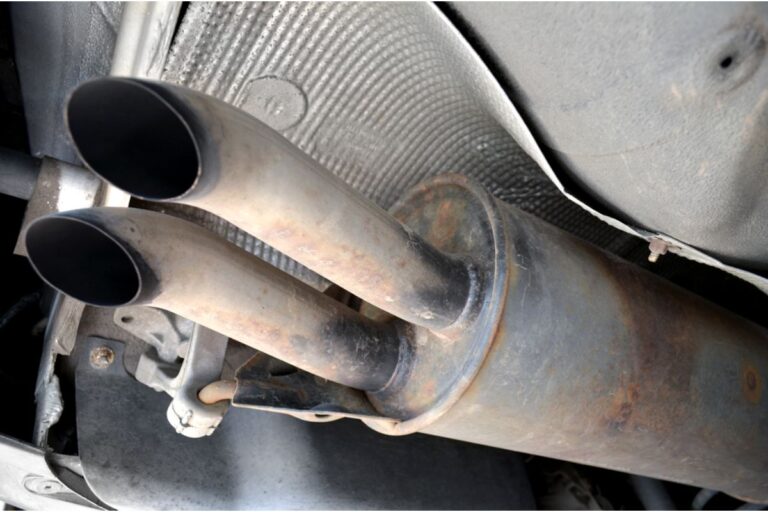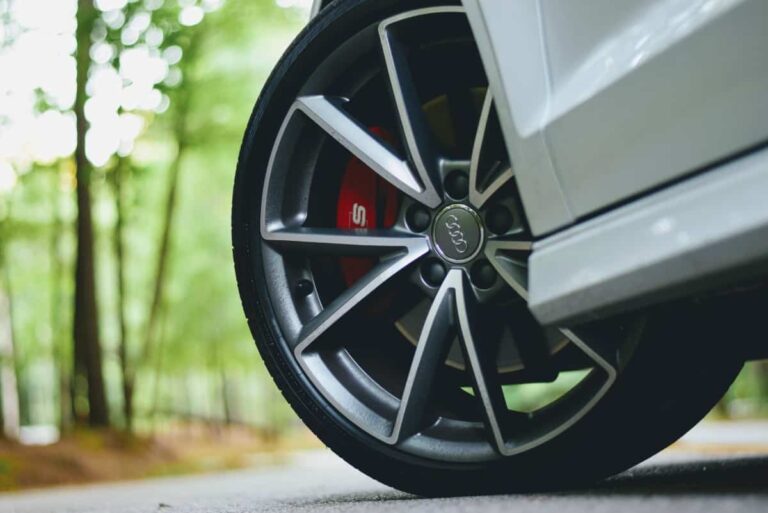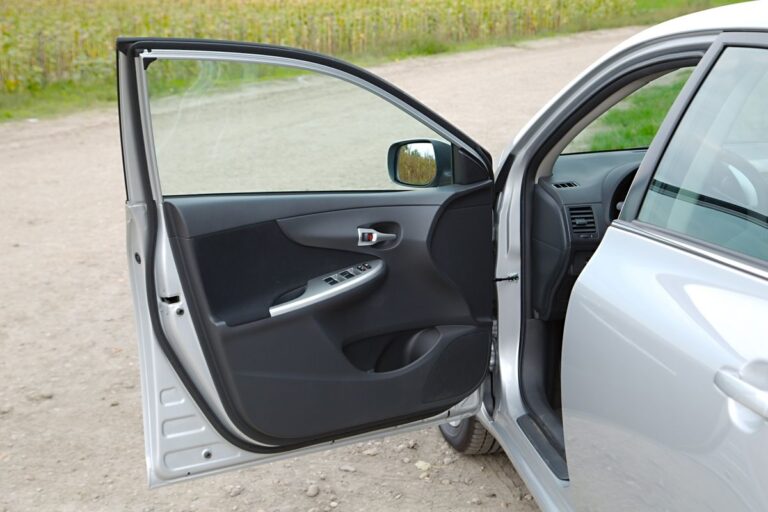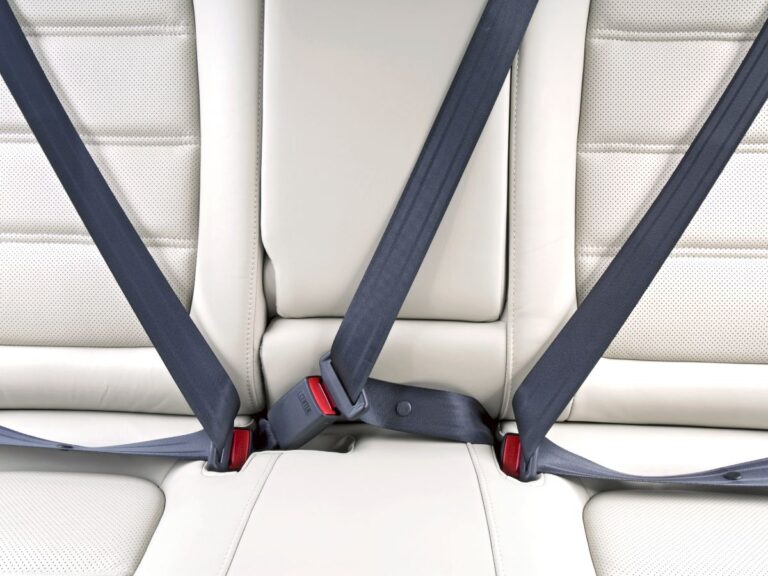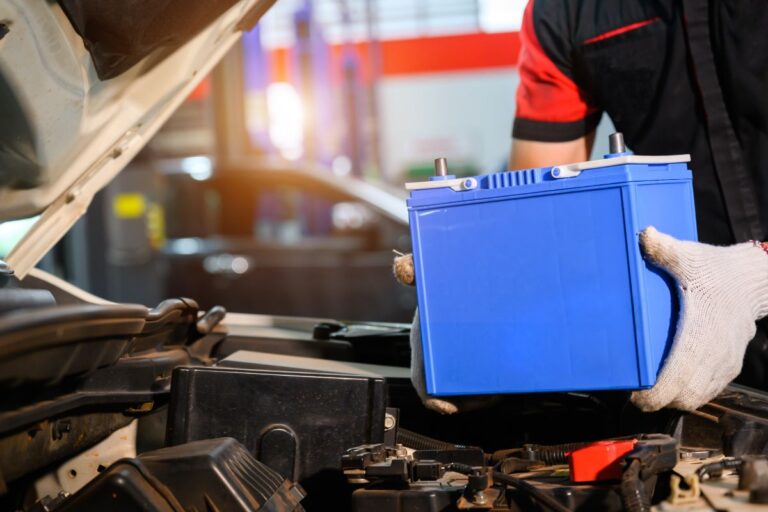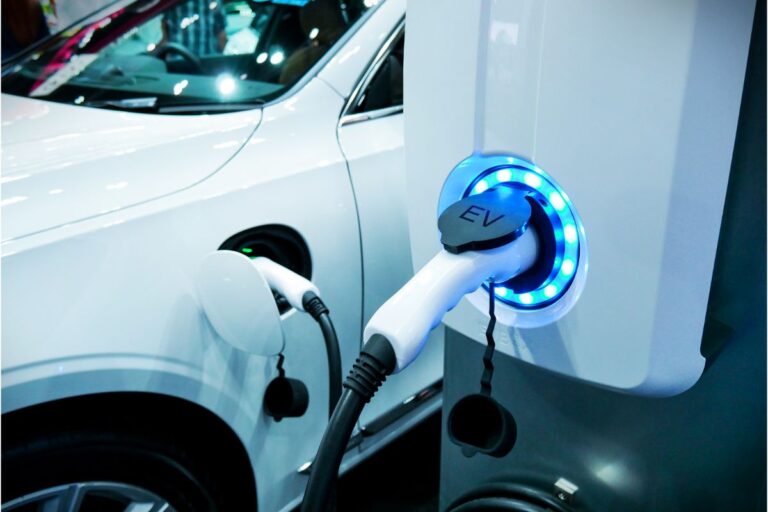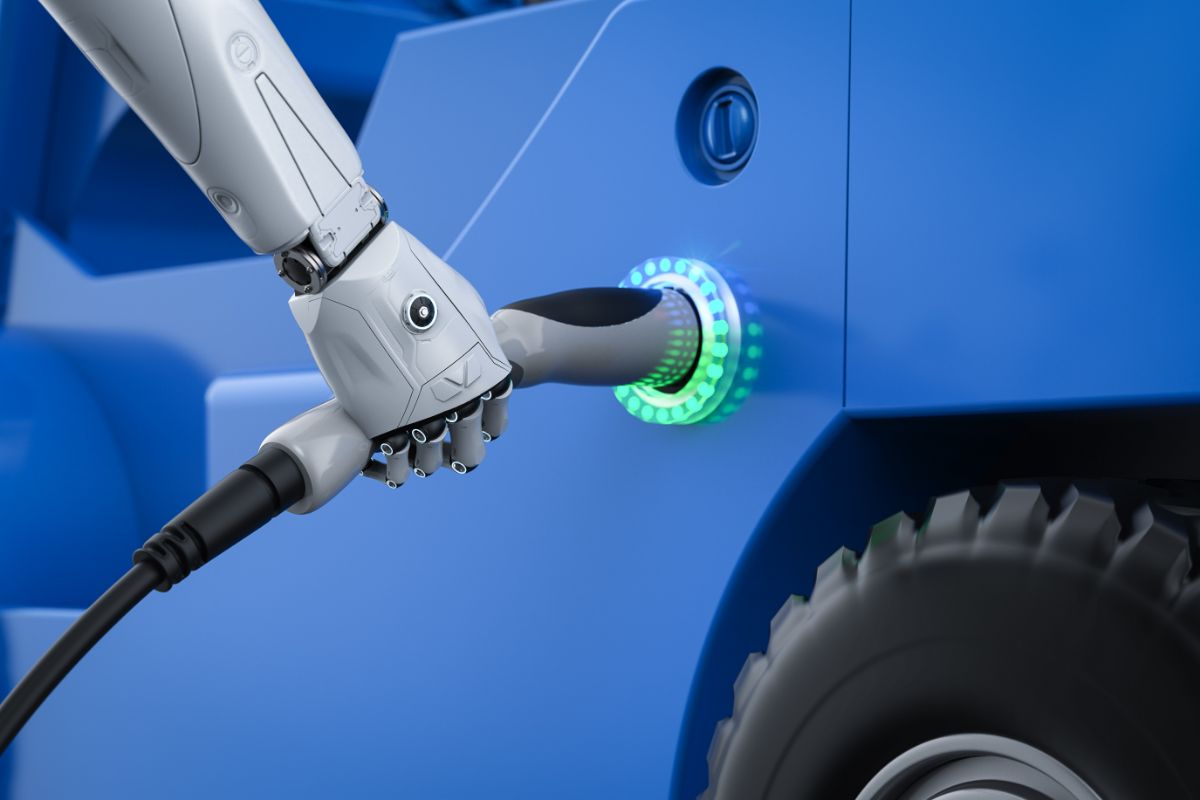
Electric cars have been around for a while now. Still, one of the biggest concerns of anyone looking to buy one is charging. That was my concern, too, when I was planning to acquire one.
Researching the internet didn’t really help, as all I came across were stories about the trials and tribulations of charging in apartment complexes. Do I need to run an extension cord? Or maybe I had to move to an apartment with chargers installed? All of these are genuine concerns for anyone planning to buy a car that depends on electricity.
While charging an EV takes a bit of planning, public EV charging stations are now becoming a more common sight. Common things you will come across when looking into EV charging issues are the types of EV chargers available. Basically, EV chargers can be divided into slow, fast, and rapid.
How Does EV Charging Work?
Both plug-in hybrid vehicles and electric vehicles need to be charged to keep the battery full. These cars function just like any other rechargeable device or electronic. At its most basic, an electric vehicle charger pulls an electrical current from a 240v outlet and delivers that electricity to a vehicle.
There are several different types and brands of chargers, and not all of them come ready to plug into every EV. Fortunately, you can get an adaptor.
For the most part, J1772 plugs are standard for electric vehicles, well, unless you are trying to charge a Tesla. Think of electric vehicle chargers as any other device charging cord. For instance, if you have a phone with a USB C port, you will need a charger with a USB-C cord, and if the charger you have has a mini-USB cord, you will need an adaptor.
There are lots of adaptors that you can buy online. However, it’s important to understand what type of charger you are trying to use. Additionally, commercial property owners who want to provide EV charging on the parking lots should also understand the different types of EV chargers available.
If one just installs Tesla chargers all over the place, a lot of EV owners will be stuck and unable to recharge their vehicles.
1. Rapid Charger
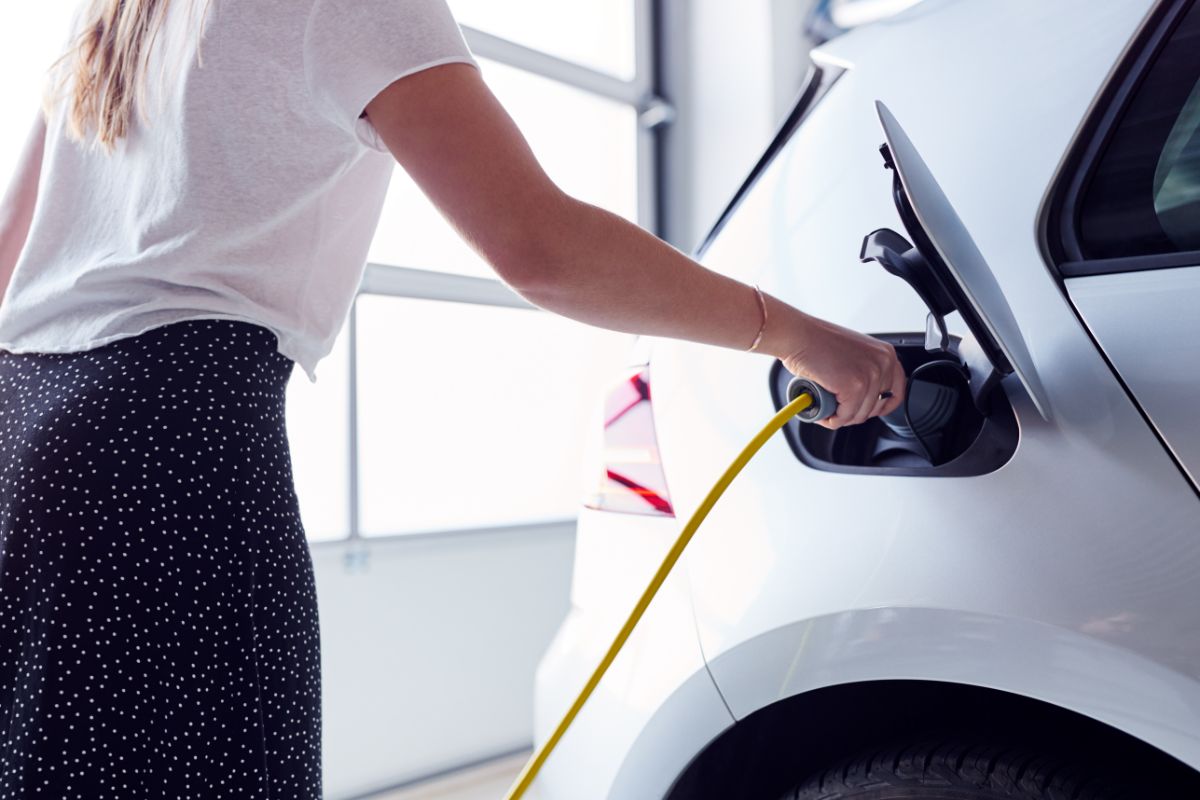
As you might have guessed from the name, a rapid charger is able to charge an electric car much faster than the other types. These chargers come into two types. You can either have an AC rapid charger, which is the normal and most common one, or you can use an ultra-rapid charger that delivers DC straight from the charger.
Rapid chargers speed up the process of charging an EV simply by using more power. They use around 43kW. You are likely to find them installed at shopping centers where owners of electric vehicles usually spend nothing more than a few hours. Please note, however, that the majority of EVs do not support rapid charging via AC.
As mentioned before, there are two types of rapid chargers. Another way to achieve super-fast charging speeds is to supply DC straight to the car from the charger. This can be done using ultra-rapid chargers. These are a step above rapid chargers, and they operate at speeds of up to 50kW.
At cutting-edge locations, you can even find some that can go up to 350kW. This slashes the charging time to around half an hour, depending on the type of vehicle.
Charging technology is rapidly improving. Some electric vehicle models like the Hyundai Ioniq 5 are capable of charging at speeds up to 220kW. This enables the owners to charge their car in around 20 minutes, which is quite impressive. Currently, the Porsche Taycan is the fastest charging EV. The car can be charged at speeds of up to 270kW.
2. Fast Charger

Fast chargers are the simplest to find. They are located almost everywhere. You can find AC faster chargers that deliver power to the onboard charger on the vehicle.
The onboard charger then converts that power from AC to DC before it enters the car’s battery. The rate at which an AC charger can charge your car is limited by the capacity of the onboard charger. On-board chargers have different acceptance rates depending on the brand.
Most of them are limited by weight, cost, and space. Depending on the vehicle you have, it will likely take anywhere from four to 12 hours to fully charge it. If you are looking to bypass the limitations of the onboard charger, you can get a DC Fast charger.
The process of charging using a DC faster charger does not involve conversion. Instead, the charger supplies power directly into the battery. As you might imagine, this eliminates a lot of hurdles and results in fast charging times.
When using a DC charger, the time it takes to charger depends on the battery size and your dispenser’s output. Most vehicles are able to charge to full capacity in around an hour. DC fast charging is ideal for large fleets and long-distance driving.
It provides a quick turnaround, and this enables drivers to charge their vehicles during small breaks as opposed to plugging in all night. You will find, however, that older electric vehicle models had limitations that only allowed them to accept charges at 50kW on DC units. Fortunately, newer cars can take up to 270kW.
This is probably because the size of batteries has increased significantly over time. Currently, the three most common types of DC fast charging are the Combined Charging System, CHAdeMO, and Tesla Superchargers.
3. Slow Charger
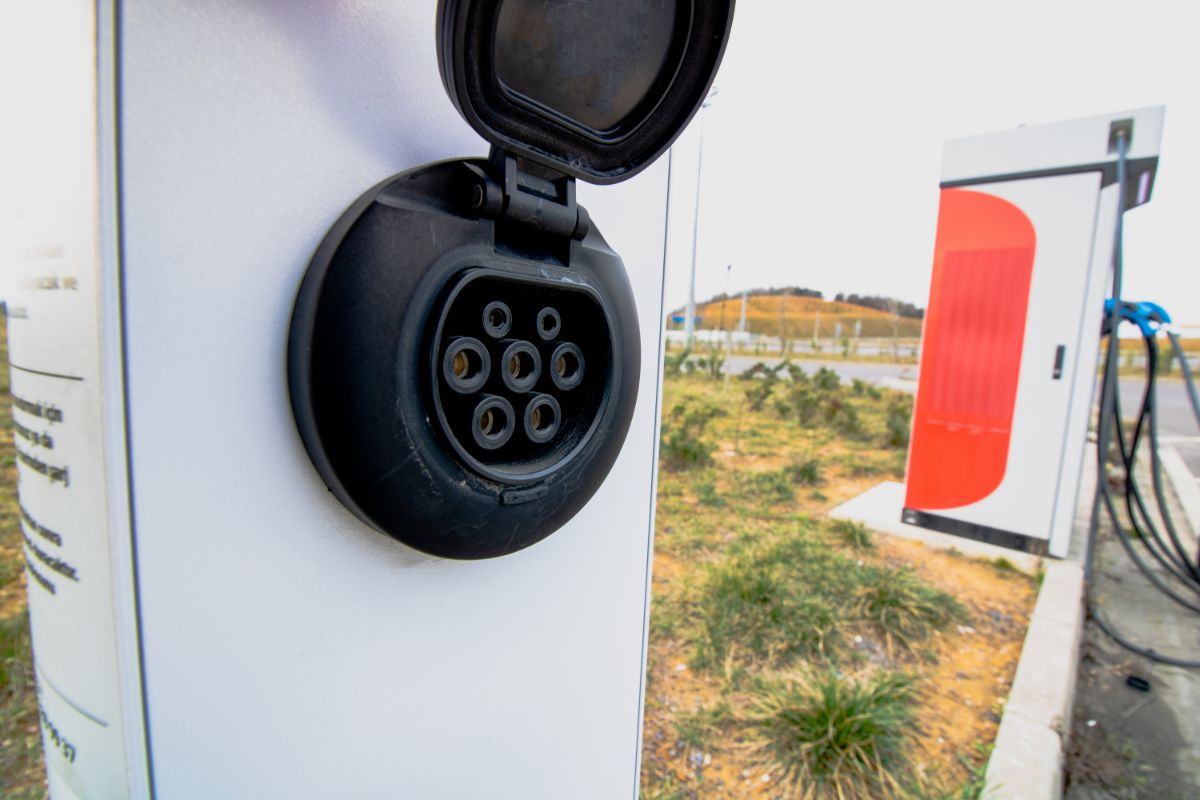
If you own an EV, you have probably used a slow charger before. These are the most common and independent sources for charging your vehicle’s battery. Slow chargers preserve battery life, and they are significantly safer than rapid or fast chargers.
They also offer the cheapest way of charging your vehicle since the only thing you have to pay for is energy. Before 2012, slow chargers were the most common chargers around. Today, chances are you will only find them in homes and workplaces when people can leave their cars to charge for longer periods.
Most slow chargers available charge at a speed of 3kW (3.6kW). It will probably take you about 12 hours to fill up your battery using a slow charger. This means it would be a good idea to leave your car charging overnight or during the day when you’re in the office.
The next question is, where do you connect? Well, it is possible to connect your slow charger to a regular three-pin plug socket. However, a better idea would be to install a wall box. This is not just safer, but it will give you faster charging times.
Alternatively, there are lamp-post installations that can be useful if you don’t have access to off-street parking at home. Slow chargers basically have four connector types. These include the three-pin domestic plug socket (3kW), Commando (3-6kW AC), Type 1 (3-6kW AC), and Type 2 (3-6kW AC).
Types of EV Charging Connectors
Not every car or charging station is created equal. There are various types of connectors for different chargers and vehicles. Some are quite common, and some are now being phased out, especially those found in older vehicle models.
Three-pin
The majority of EVs come with cables that are compatible with domestic three-pin plug sockets. While this can be quite slow and isn’t really recommended for daily usage, a three-pin plug can come in quite handy if you get to an area that has no chargers in sight.
Type 1 Connector
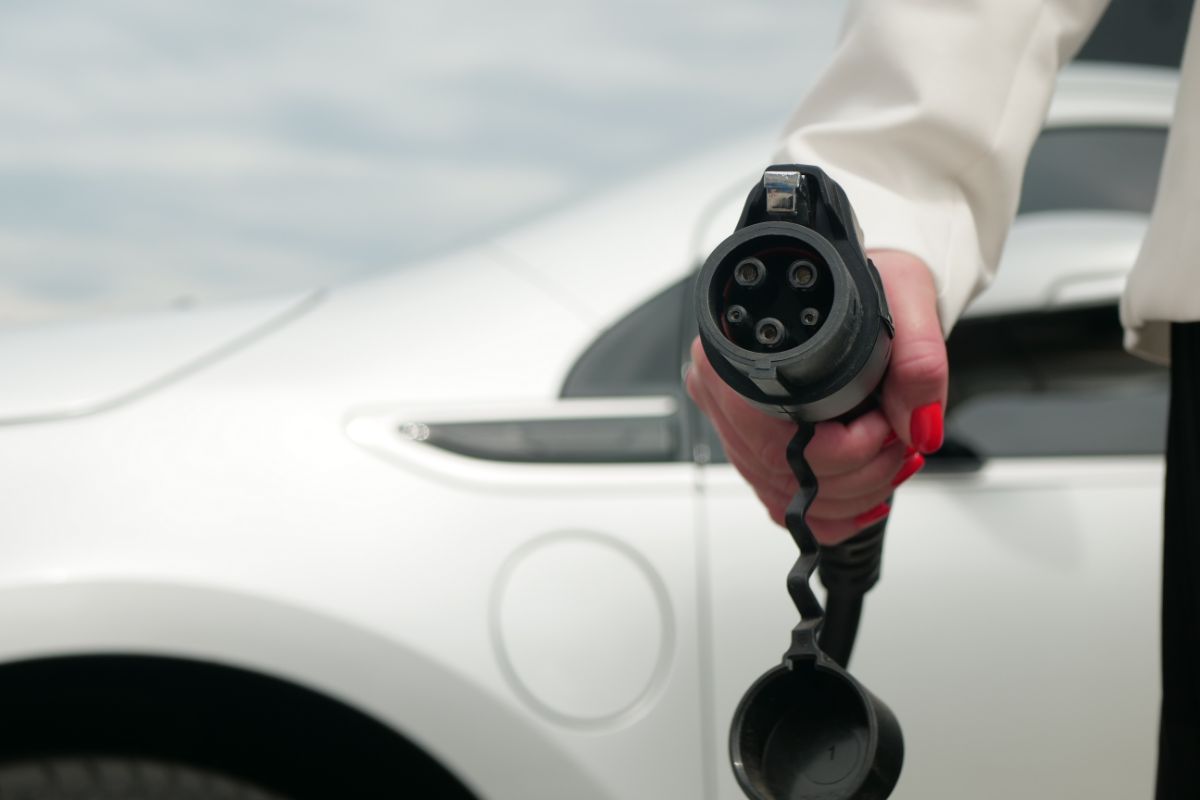
This connector has a maximum output of 7.4kW. They mostly come with vehicles from Asia. For instance, you will find that the Nissan LEAF uses the Type 1 connector. However, they are starting to get phased out. The second generation LEAK uses a Type 2 connector. The latter has higher charging speeds and offers better connectivity.
Type 2 Connector
In 2014, it was made compulsory by the European Commission that every charging station should have a Type 2 connector. This is what made it the most common connector. This charger can deliver speeds of up to 43kW. You will also find that the majority of electric vehicles now come with a Type 2 port.
CCS socket

The Combined Charging System is a rapid/ultra-rapid DC connector that is featured on the majority of European EV models. This connector offers charging speeds of up to 350kW. Unlike other connectors that you can find in homes, this one is only available in public charging stations.
There is no need to purchase a CCS charger cable. When you get to the public charging station, you will find them there. All you need to do is pay, enter and plug in.
To use one of the chargers, you must have a CCS socket. This is the one that has nine pins in two sections. You may also want to know that the upper seven-pin section is also compatible with type 2 cables.
However, this will deliver slower charging. The only upside is you can use it with a home wall box or AC charger. The larger, lower row of pins allows DC connection for super fast charging speeds.
CHAdeMO
This is the Japanese counterpart to the CCS. The CHAdeMO is mainly used by manufacturers like Nissan, Toyota, and Mitsubishi. It delivers rapid charging. However, to be able to use it, you will need a specific socket. CHAdeMO public chargers are capable of speeds up to 50kW. The good thing about them is that all stations with CCS charging also offer CHAdeMO.
Commando
This type of connector is not so popular nowadays. It was featured on older electric vehicles that didn’t sell very well. While you might still find it in some charging stations, it’s really not that popular anymore.
Frequently Asked Questions About EV Chargers
Can You Use a Fast Charger or Rapid Charger on Any Vehicle?
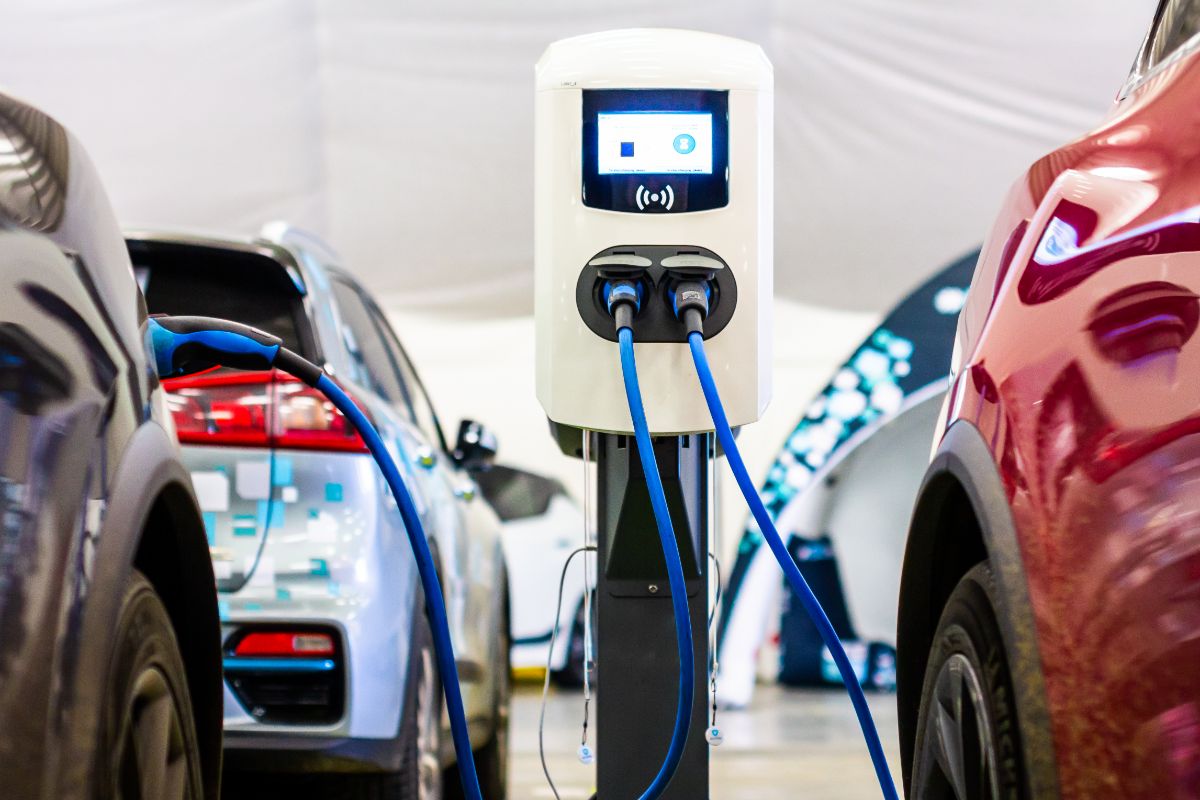
The short answer is yes. However, this doesn’t mean that your car will charge faster. While chargers are generally becoming more powerful, the speed at which your car will charge depends on the specific model you have. The primary limiting factor is the connector used and your vehicle’s charging capacity.
Most rapid and fast chargers use the ‘Type 2’ connector. Every car has an upper limit that restricts charging speeds to a certain range. This is mainly done to protect the battery.
For instance, standard Renault ZOE chargers at a maximum of 22kW (AC). This means that even if you connect it to a charger that delivers 55kW, it will still be automatically restricted to 22kW.
Do All Electrical Vehicles Use the Same Connector?
The majority of electric vehicles, except Tesla models, use the same connectors for fast and rapid charging. This is known as the J1772 or the “J-Plug.” When it comes to level charging, there are about three that are currently in use. Nissan and Mitsubishi use the CHAdeMO, Tesla uses its own proprietary plug, and every other manufacturer uses the Combined Charging System.
Is it Possible to Install a Level 2 Charger in my Home?
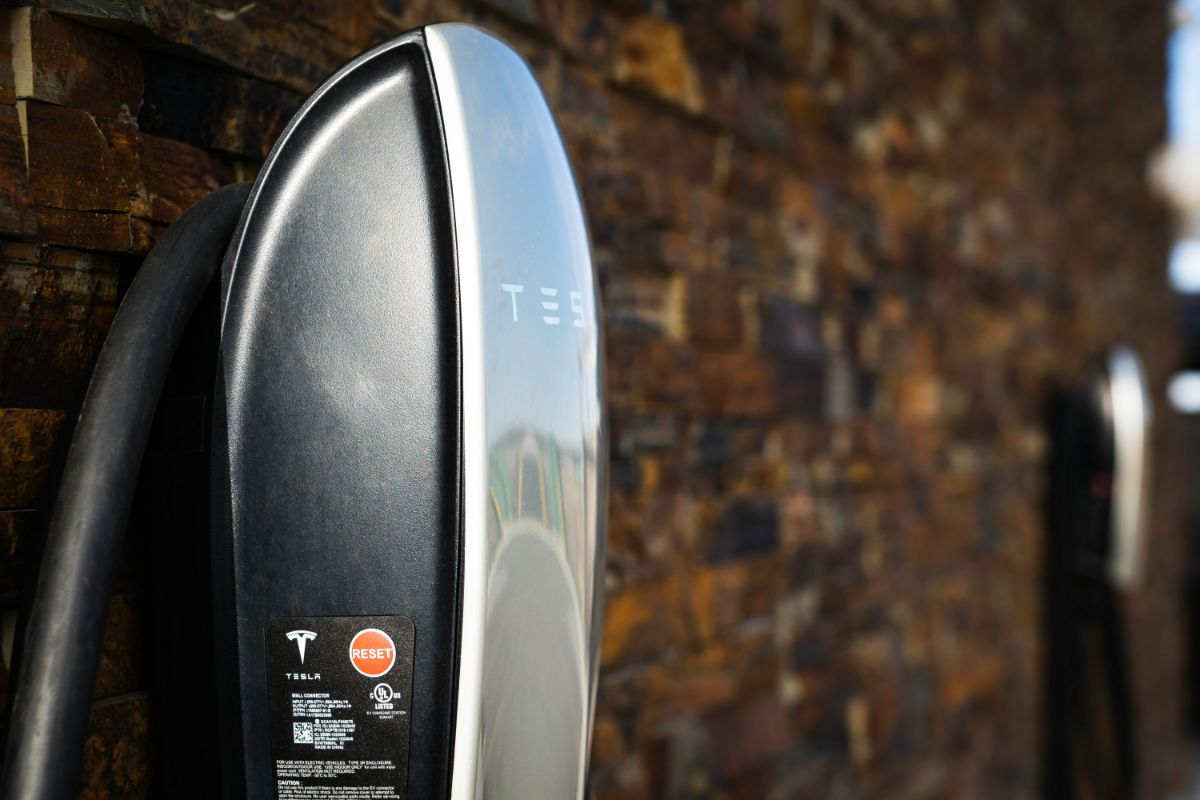
The majority of homes in the United States can install a Level 2 charger circuit without having to upgrade their service. All that’s needed for a level 2 charger is a dedicated 240-volt circuit. This is the same as the one used for an electric kitchen range or clothes dryer.
In some instances, it can also be possible to share the circuit you are using for your electric clothes dryer with your charger. However, this is only possible if it’s located in your garage or nearby.
What Level of Cable Came With my Vehicle?
All EVs come with a portable charger. Some manufacturers ship their cars with Level 1, Level 2, or adapters that enable the owners to plug into both Level 1 and Level 2 outlets. The majority of cars ship with units that are powerful enough to use long-term.
However, cables are not really that powerful, so you will need to get a more powerful charger. The only thing you may need to do is check the standard charger’s power output and see if it matches your needs. This generally depends on how many miles you travel daily.
Can I Charge my Car Using a Tesla Supercharger?
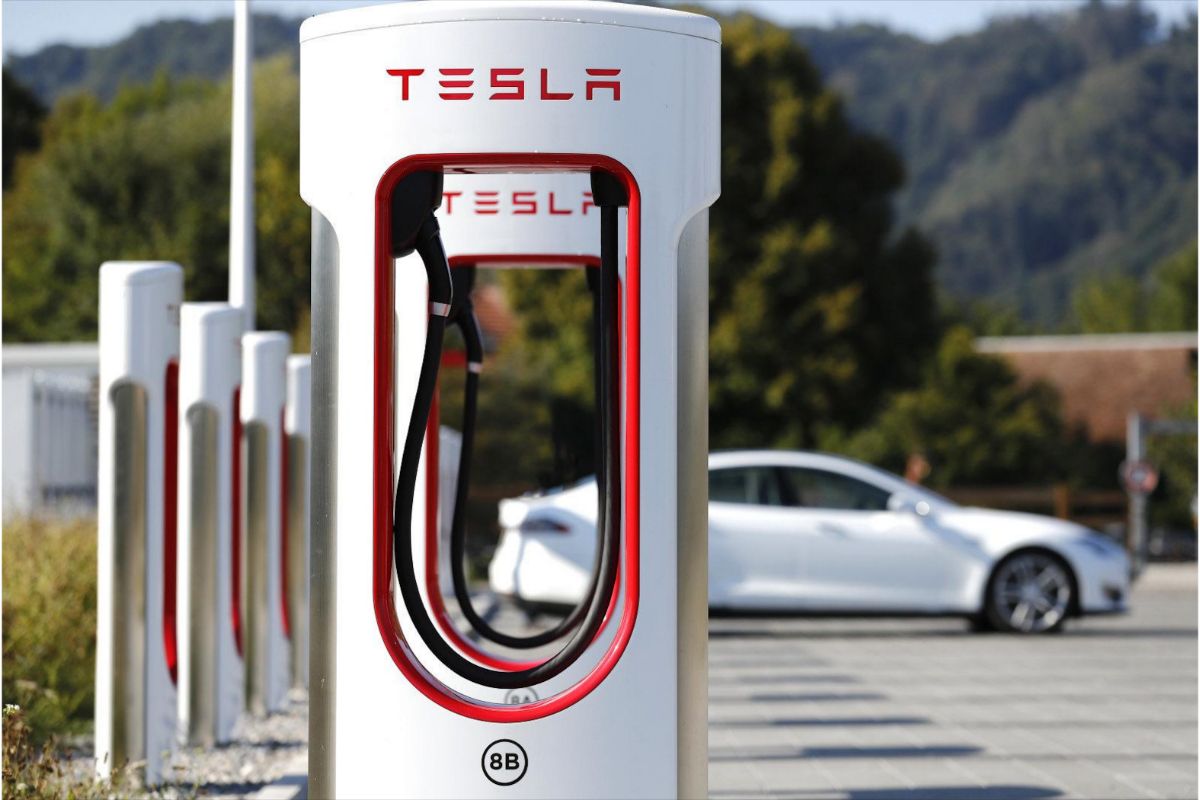
No. You can’t use a Tesla Supercharger to charge any other car that’s not a Tesla. This is a proprietary network that was installed by Tesla for their customers only. However, you can charge a Tesla on a non-Tesla DC Fast Charger. Tesla sells adapters that allow you to plug into CHAdeMO DC fast chargers.
Does it Cost a Lot to Charge or a Level 3 Charger?
Well, there is no universal price list for charging using Level 3 chargers. These chargers are owned by private networks. Hence the price is decided by the particular network. Some will charge you depending on how long you connected your vehicle, and others will measure the amount of energy that was dispensed.
However, one thing to note is that charging using a level three charger will almost always be pricier than charging at home. It can even cost two to three times more with some charging networks. At this point, you will be paying almost the same amount to charge your car as you would for a gasoline vehicle.
Is There a Way to Get Cheaper Prices on L3 Chargers?
The majority of EV charging networks can give you discounted prices if you pay a fee and get a monthly or yearly service plan. You can also get discounted or even free charging if you go with an automaker who is affiliated with a particular charging network.
Some electric vehicles come with free unlimited charging with partner networks for up to three years. This means you must always ask your dealership if the car you are looking at comes with any discounted or free charging plans.

